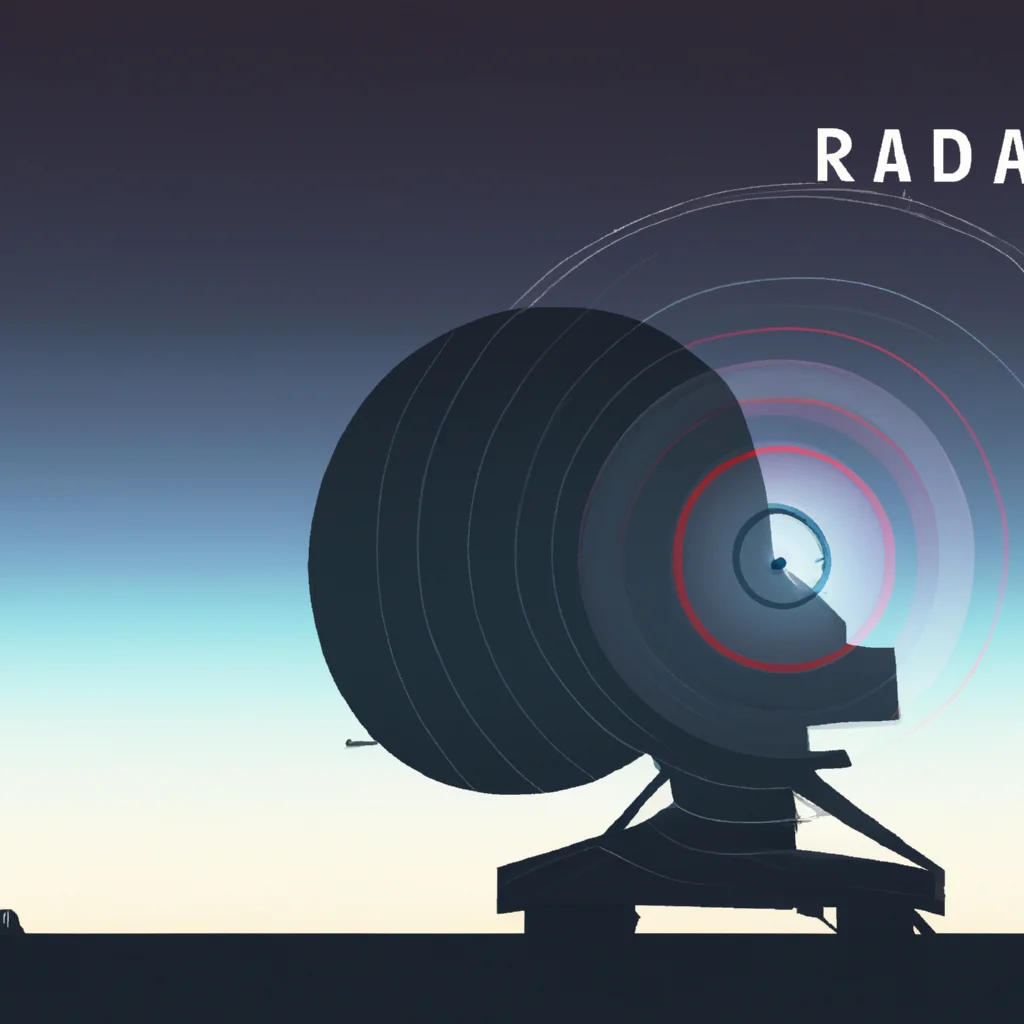How does a radar work?


How does a radar work?
Radar, short for Radio Detection and Ranging, is a technology that is used to detect and locate objects by emitting high-frequency radio waves and analyzing the waves reflected back. Radar has been around for almost a century and has since been used in a wide range of applications from military to weather forecasting. In this article, we will explore the science behind radar technology, how it works, and its history.
Radar Technology
Radar technology is based on the principle of radio waves. Radio waves are electromagnetic waves that travel at the speed of light and are used to transfer information wirelessly. Radar technology uses radio waves to measure the distance, direction, and speed of an object. The radar system consists of a transmitter, a receiver, and an antenna.
Radar Operation
The radar system works by transmitting radio waves from the antenna, which then travel through the air and hit the object. The radio waves bounce back off the object and are received by the antenna. The receiver then analyzes the reflected waves to determine the distance, direction, and speed of the object.
Radar Waves
Radar waves are a type of electromagnetic wave that has a frequency between 1 and 100 GHz. These waves are similar to radio waves but have a shorter wavelength, which allows them to detect smaller objects. The wavelength of radar waves ranges from a few millimeters to several meters.
Radar Application
Radar technology is used in a wide range of applications. The most common application of radar technology is in aviation, where it is used for air traffic control and weather forecasting. Radar technology is also used in the military for detecting and tracking aircraft, ships, and missiles. In addition, radar technology is used in meteorology to track weather patterns and in the automotive industry for collision avoidance systems.
Radar History
The history of radar dates back to the early 20th century. In 1904, Christian Hülsmeyer, a German physicist, invented a device that could detect ships in foggy conditions. This device, called the Telemobiloscope, used radio waves to detect the presence of objects. In 1922, A. Hoyt Taylor and Leo C. Young, two American engineers, developed the first radar system for detecting aircraft. This system was used during World War II for detecting enemy aircraft.
Radar Development
Since its invention, radar technology has undergone significant development. In the 1950s, the first weather radar was developed, which allowed meteorologists to track weather patterns. In the 1960s, radar technology was used in the space race to track satellites and spacecraft. In the 1970s, the first automotive radar was developed, which was used in collision avoidance systems. Today, radar technology is used in a wide range of applications, from aviation to automotive to weather forecasting.
Conclusion
Radar technology is an essential tool that is used in a wide range of applications. It works by emitting high-frequency radio waves and analyzing the waves reflected back to determine the distance, direction, and speed of an object. Radar technology has come a long way since its invention, and it is continually being developed to improve its accuracy and range. With the continued development of radar technology, it is sure to play an essential role in many industries in the years to come.
Recent Posts
How do I create an engaging and informative online quiz or assessment?
Creating an engaging and informative online quiz or assessment can be a powerful tool for… Read More
What are the most effective methods for managing and reducing work-related stress in the hospitality industry?
Work-related stress is a common issue in the hospitality industry, where employees often face long… Read More
How can I improve my assertiveness and communication skills in a leadership position?
In a leadership position, assertiveness and effective communication skills are crucial for success. Being able… Read More
What are the key elements of a successful employee recognition and rewards program?
Employee recognition and rewards programs play a crucial role in motivating and engaging employees, as… Read More
How do I effectively manage and respond to customer feedback and reviews?
Customer feedback and online reviews play a crucial role in shaping a company's reputation and… Read More
What are the best strategies for effective time management as a stay-at-home parent?
Effective time management is crucial for stay-at-home parents who juggle multiple responsibilities on a daily… Read More